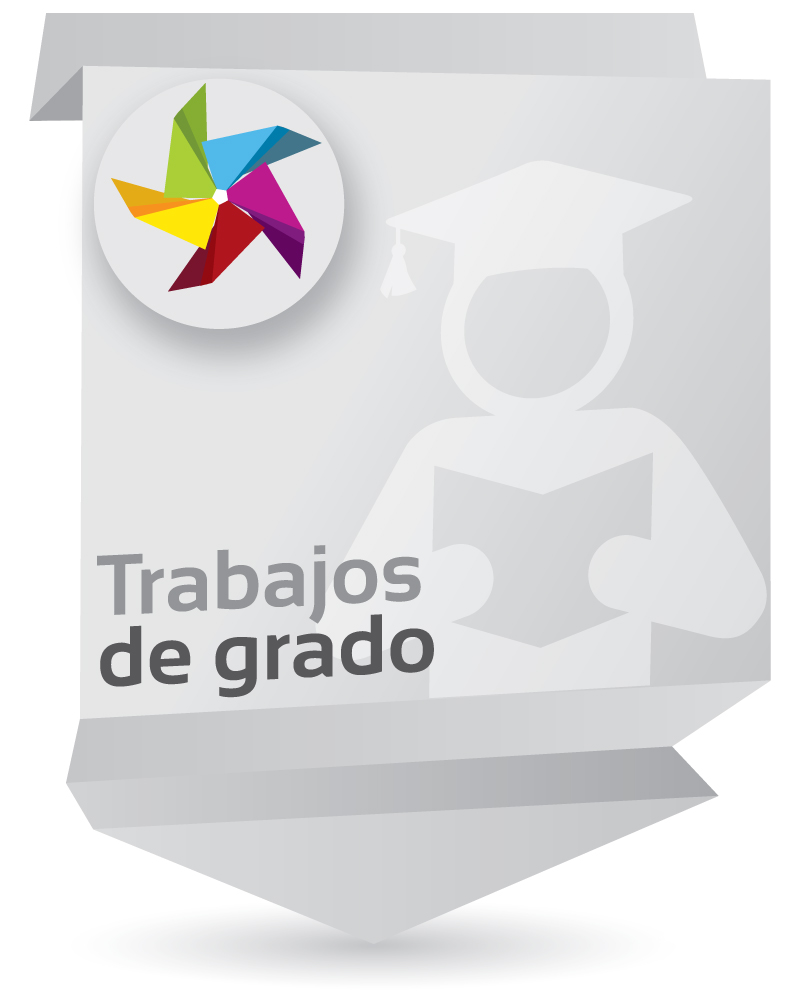Evaluación de la estrategia de comunicación entre el binomio paciente - familia en el área de aislamiento respiratorio en el servicio de urgencias de una institución hospitalaria de cuarto nivel en Bogotá durante el segundo semestre del año 2021

View/
Item Links
URI: http://hdl.handle.net/10818/50718Compartir
Statistics
View Usage StatisticsMetrics
Bibliographic cataloging
Show full item recordAsesor/es
Mendieta Montealegre, Jimmy LeonardoDate
2022-02-08Abstract
La pandemia del Covid 19 obligó a la sociedad, pero en especial a los servicios de salud, a generar cambios que se adaptarán a la nueva situación, que nos protegieran y que controlaran la expansión de este nuevo virus. Adaptarnos a estos cambios no fue nada fácil, pero las nuevas tecnologías que por años hemos usado y que han avanzado con la sociedad fueron parte crucial para promover esta adaptación, además fueron de gran utilidad para los servicios de salud que además de encontrarse colapsados tenían un sin fin de pacientes aislados de sus familias afrontando procesos totalmente nuevos para ellos en donde la incertidumbre y el miedo se hacían más fuertes. La Cardio, como una institución referente a nivel nacional e internacional, no dio espera a generar estos cambios que tendrían impacto en el bienestar de sus pacientes y en la humanización del cuidado y los servicios que estaban prestando. Por esto, implementaron un sistema de videollamadas con las cuales el paciente bajo aislamiento respiratorio por Covid 19 podía tener contacto con su familia en diferentes áreas de la institución, particularmente en el área de urgencias. Introduction: The Covid 19 forced society, but especially the health services, to
generate changes that will adapt to the new situation, protect us and control the
spread of this new virus. Adapting to these changes was not easy at all, but the new
technologies that we have used for years and that have advanced with society were
a crucial part to promote this adaptation, they were also very useful for the health
services that, in addition to being collapsed, had a endless patients isolated from
their families facing totally new processes for them where uncertainty and fear became stronger. La Cardio, as a national and international benchmark institution,
did not wait to generate these changes that would have an impact on the well-being
of its patients and on the humanization of the care and services they were providing.
For this reason, they implemented a video call system with which the patient under
respiratory isolation due to Covid 19 could have contact with his family in different
areas of the institution, particularly in the emergency area. Objective: To evaluate
the communication strategy between the patient and his family in the respiratory
isolation area in the emergency department. Methodology: It was carried out in
three phases, where in the first place the strategy was identified by investigating the
institutional information system in conjunction with the patient's experience group,
the information found and registered in the strategy was consolidated in an
infographic, later it was implemented a survey applied to the professional and
auxiliary nursing staff of the emergency service with emphasis in the knowledge
about the communication strategy implemented by La Cardio, finally another survey
was evaluated to the patient and his family to determine the grade of satisfaction and
how informed they are about the communication strategy. Results: A total of 64
collaborators were evaluated, it was evidenced that 79.9% of the nursing team
knows and applies the communication strategy and that also 96.9% consider its
important. On the other hand, a total of 7 patients in respiratory isolation and 8
relatives under respiratory isolation in the emergency department were evaluated.
This survey shows that 50% consider that this strategy favors adaptation to the new
situation and 40% are satisfied with it. Conclusions: The communication strategy
implemented by La Cardio contributes to the improvement of the communication
process between the patient and his family during respiratory isolation, and also
favors their adaptation.












![pdf [PDF]](/themes/unisabana//images/mimes/pdf.png) Ver documento en PDF (712.3Kb)
Ver documento en PDF (712.3Kb)




